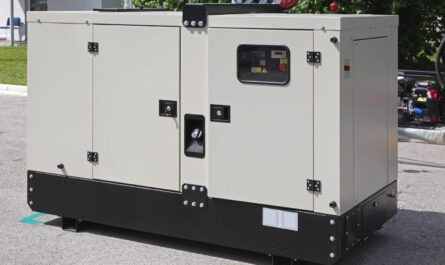
Introduction
With the rising uncertainties around water scarcity due to climate change, technologies that can extract water directly from the air are gaining prominence. One such emerging technology is Atmospheric Water Generator (AWG) which is able to condense moisture from humid air and produce potable water.
How do they work?
AWGs utilize the principle of condenstation to extract water from ambient air. They have large fans which suck in the surrounding air. This air passes through filters which remove any dust or pollutants. Then it enters an evaporator coil which is kept below the dew point temperature of the air. This causes the moisture in the air to condense on the cool coils just like water droplets form on the outside of a cold drink. The condensed water is then collected in a storage tank from where it can be used. Some advanced models also include additional purifiation systems to make the water microbiologically safe for drinking.
Components
The key components of an AWG include an air compressor, heat exchanger coils, hydrophilic filters and a storage tank.
– Air Compressor: The air compressor sucks in the ambient air through inlet vents and pressurizes it. This increases the moisture collection capacity.
– Heat Exchanger Coils: These coils act as the main condensing surface. They are made of materials with high thermal conductivity like copper or aluminium and maintained at below dew point temperature to cause condensation.
– Hydrophilic Filters: Filters coated with hydrophilic chemicals are used to efficiently capture any airborne particles and fine water droplets escaping the coils.
– Storage Tank: The harvested water is collected and stored in an insulated tank from where it can be dispensed for usage. Some models also include additional purifiation units in this section.
Factors affecting efficiency
The production capacity of an AWG depends on various factors like relative humidity, temperature and air flow of the surrounding atmosphere.
– Humidity: Areas with higher relative humidity generally yield more water as they contain more moisture in the air. Production reduces in very dry environments.
– Temperature: Lower air temperatures near the dew point are better for condensation. Hence, machines perform optimally in tropical climates. Performance declines in very hot or cold conditions.
– Air Flow: Higher air flow through the system exposes more moisture to the cold coils, improving yield. But energy consumption also increases with greater airflow.
By monitoring and optimizing these operating factors, the water generation rates can be maximized. Advanced units may also integrate water purification and additional energy recovery systems.
Applications
AWGs are finding increasing applications in off-grid and emergency situations where conventional water sources have limited access.
– Military and Disaster Relief: Ideal for supplying potable water in remote military outposts and relief camps set up during natural calamities.
– Commercial and Industrial: Used as decentralized water sources in large commercial complexes, manufacturing facilities located in water-scarce regions.
– Residential: Suitable for individual homes, farmers and remote communities with unpredictable water supply. Good alternative to expensive water deliveries.
– Research Stations: Reliable source of clean water for scientific bases located in remote deserts or high altitude regions.
– Aquaculture and Hydroponics: Can provide consistent water supply for fish farms and greenhouse-based agricultural activities.
– Healthcare: Small AWG units find application in medical vans and mobile clinics operating in interiors with inadequate water infrastructure.
Challenges and Improvements
While promising in concept, there are few technical challenges which are being addressed by ongoing research and development.
– High Energy Consumption: Initial models required a significant amount of power to push large volumes of air through the system. New designs focus on lowering energy footprint.
– Output Variations: Production rates fluctuate with changes in climatic conditions like monsoons. Predictive controls and weather data integration aim to stabilize output.
– Higher Capital Costs: Initial capital expenditure for AWG installations is relatively high compared to conventional water supply methods. Mass manufacturing can help reduce the costs.
– Purification Requirements: Additional water treatment is needed to remove any microbial contaminants and make the water potable. Integrated advanced purification boosts overall efficiency.
Governments and private players are ramping up investments in this area. As the technology scales up, costs will reduce further. Coupled with the urgent need for decentralized water sources, atmospheric water generation holds promise to supplement future water security needs in a sustainable way.
Conclusion
To summarize, AWGs offer an alternative for tapping into the abundant moisture present in the air around us. While outdoor climatic dependencies and energy requirements present current technical challenges, continuous R&D is enhancing their efficiency, output stabilization and integration with renewable energy sources. As a decentralized freshwater solution, AWGs have the potential to support water-stressed communities worldwide.
*Note:
1. Source: Coherent Market Insights, Public sources, Desk research
2. We have leveraged AI tools to mine information and compile it


